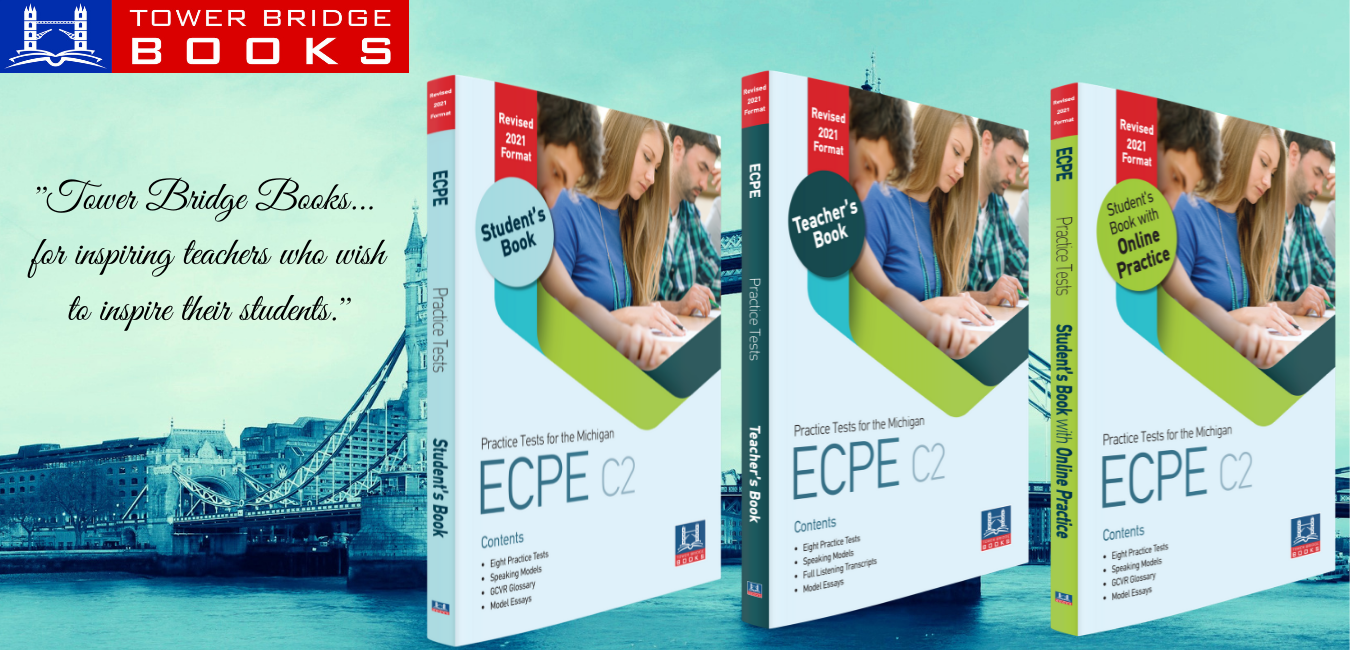Collaboration, reflection, and healthy competition make for lasting memories when teachers use a novel approach to sustain student interest.
Science Survivor is a classroom concept that is based on the television series Survivor. A friend told me about it when we were sharing ideas on how to keep our students engaged during the last months of school. She shared an article from The Science Spot with me, and I ran with it. I’ll explain how I created Science Survivor for my classroom so that you can try something similar to end the school year on a high note or use whenever you like.
SET THE SCENE FOR STUDENT ENGAGEMENT
To pique my students’ interest, I created a large “Science Survivor” sign and put it on my classroom door during end-of-year state testing. The buzz started immediately among them as they wondered what it was all about. On the first day of Science Survivor, I showed my students clips of the actual show, since a lot of them hadn’t watched it before.
I explained that they would be participating in an in-class competition among teams to apply the skills and knowledge that they acquired during the school year. One team from each class would win and take part in a celebratory pizza and ice cream party.
I divided each of my fifth-grade science classes into teams of three or four students (the number of teams can vary based on the number of students in each class). The teams were created based on student strengths and class input. Once the teams were established, I had them come up with a name and create a logo using animals that represented each person on the team. The logos were used to attach points earned and tally the scores after each round.

FOCUS THE COMPETITION ROUNDS ON CONCEPTS LEARNED
I played the Survivor theme song as the students arrived for class. Then I explained how the competition would proceed for each round.
Here are some examples of competition rounds we did base on concepts learned during the school year:
Students participated in a speed-walking contest where they had to calculate their teams’ speed based on distance and time.
Each team wrote a haiku, an eight-line rhyming poem, then a song using familiar tunes to teach science concepts, and they sang the songs to other classrooms for judging.
Each team built a catapult to use for target competition.
Each team built a zip-line carrier to safely rescue a mini-me down from the ceiling to the floor.
Students tested different volumes of water that would land perfectly for a bottle-flipping contest.
These activities, plus many others, were designed to ensure that each student on the team was an active participant before, during, and after each competition. The teams had to research, design, test, and/or discuss their ideas with their teammates.
Jobs had to be assigned and plans had to be made in order for each team to be able to compete. Sometimes, students participated during the competition or cheered on the sidelines, depending on who was the best representative from their team to win the round.
The competition rounds were fierce, to say the least because the winning team earned the immunity award as well as the most points for the round. I awarded points in increments of five, with first-place winning 25 points, second place 20 points, etc., and the last place receiving five points.
The immunity award was especially important because, after each round, one team was voted out—losing their points during the elimination ceremony. The immunity award protected the team from losing their points, and the team could advance to the next round.
CREATE SPACE FOR REFLECTION AND STUDENT VOICE
After the teams received their points and the immunity award was proudly displayed on the winning team’s logo, we all gathered around in a large circle on the floor for the elimination ceremony. I made a fire ring using flashlights and fiery colors of tissue paper that sat in the center. When the lights were turned down, students were encouraged to share what went well with their team as well as what didn’t.
This space for reflection was so important because students celebrated each other’s strengths and victories. It also provided a safe place for students to share their struggles and to get suggestions from their peers. It’s my favorite part of the whole competition.
While the elimination ceremony discussion was taking place, students left the circle to cast their vote for the team that would lose their points for that round. Students wrote their votes on strips of paper and put them into a basket. When the elimination ceremony was finished, I tallied the votes and read them out loud, one by one to build suspense.
And just as in the television competition, secret alliances and strategies were formed. The kids loved it!
MAKE MEMORIES AND CELEBRATE
For the winners of the competition, I created a Science Survivor medal and an individual immunity award that I printed and laminated and attached to a lanyard. The school year and their team name were written on the back for a fun keepsake. All four winning teams, one from each of my classes, joined me for a celebratory pizza lunch and ice cream party!
I have found that Science Survivor is a wonderful memory maker that actively engages students and keeps them excited up until the last day of school.
By Lisa Dulin